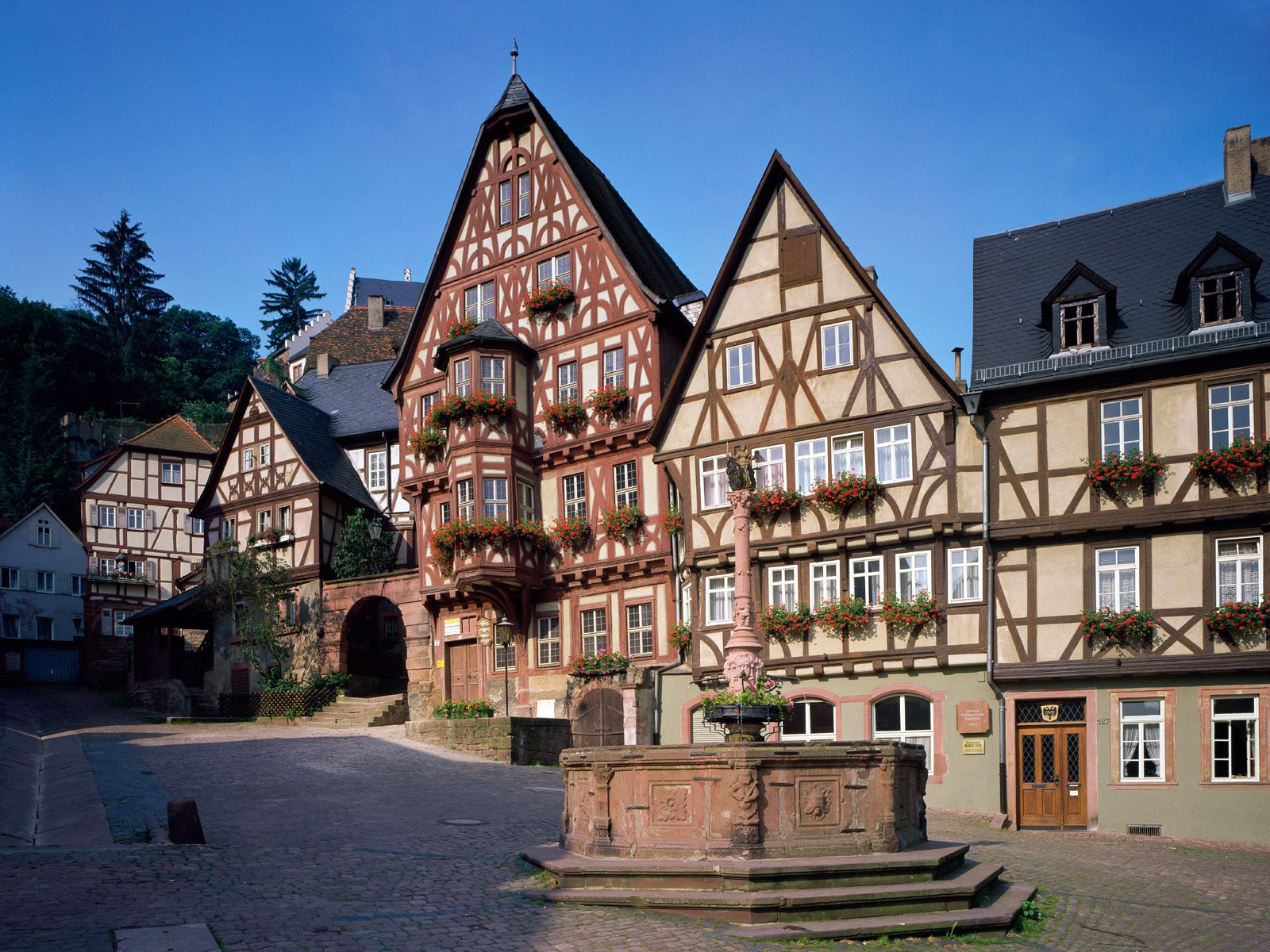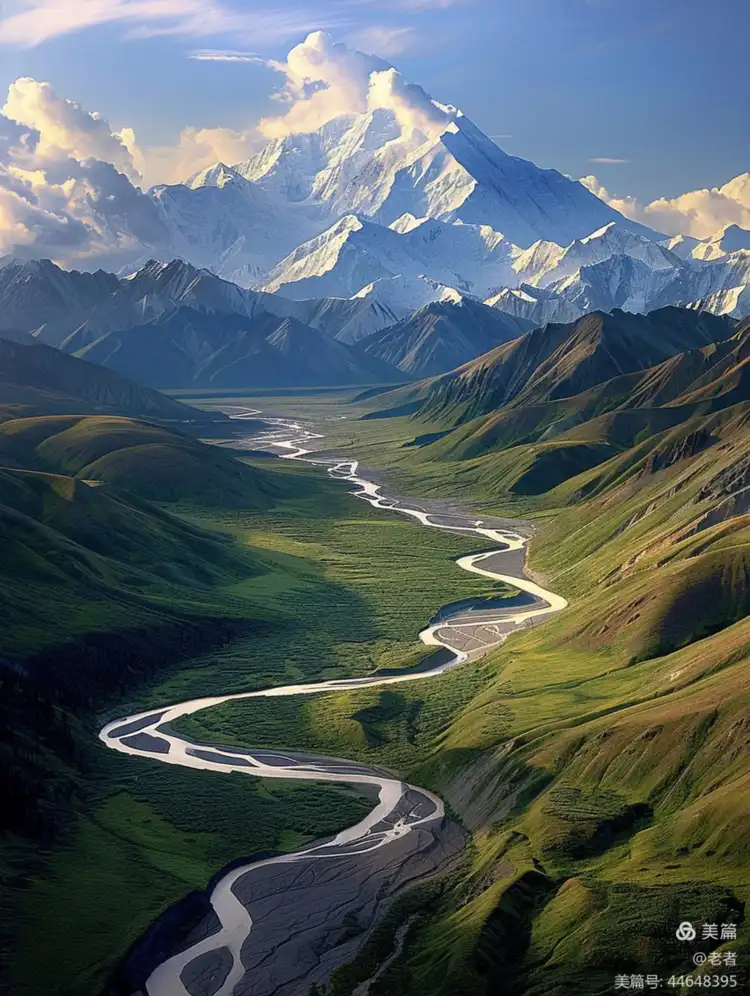Global Travel Information
Serengeti of the North (Alaska), USA
Serengeti of the North: Alaska’s Untamed Wilderness
Alaska, often referred to as the "Serengeti of the North," is a land of staggering natural beauty and unparalleled wildlife diversity. Much like Africa’s famed Serengeti, Alaska boasts vast, untouched landscapes where herds of caribou migrate across sweeping tundras, grizzly bears roam freely, and wolves hunt under the midnight sun. This remote wilderness is one of the last great frontiers on Earth, a place where nature still reigns supreme.
The Great Migrations: Caribou and Beyond
One of the most awe-inspiring spectacles in Alaska is the annual migration of the Porcupine Caribou Herd, which rivals the great wildebeest migrations of Africa. Each year, over 200,000 caribou traverse nearly 1,500 miles between their wintering grounds in the boreal forests and their calving grounds in the Arctic National Wildlife Refuge. This journey is fraught with challenges—predators like wolves and grizzlies lie in wait, rivers must be crossed, and shifting weather patterns test their endurance.
The caribou are not alone in their epic travels. Alaska is also home to other migratory species, such as the Western Arctic Caribou Herd and the Teshekpuk Caribou Herd, each following ancient routes etched into the land over millennia. These migrations sustain not only the animals but also indigenous communities like the Gwich’in, who have relied on caribou for food, clothing, and cultural identity for thousands of years.
Predators of the Last Frontier
Just as lions and hyenas dominate the African savanna, Alaska’s wilderness is ruled by apex predators. The grizzly bear, a symbol of raw power, thrives in this unforgiving landscape. Coastal brown bears, some of the largest in the world, gather in places like Katmai National Park to feast on salmon during the summer months. Further inland, wolves maintain a delicate balance with their prey, their packs roaming territories that span hundreds of square miles.
Alaska’s predators play a crucial role in maintaining the health of the ecosystem. By controlling herbivore populations, they prevent overgrazing and ensure biodiversity. Yet, their existence is increasingly threatened by human encroachment, climate change, and hunting pressures. Conservation efforts are critical to preserving these keystone species.
The Avian Wonders of the North
Alaska’s skies are alive with the wings of countless bird species, many of which undertake extraordinary migrations. The state serves as a breeding ground for millions of shorebirds, waterfowl, and songbirds that travel from as far away as South America and Asia. The Copper River Delta, for instance, hosts one of the largest concentrations of shorebirds in the world during spring migration.
Bald eagles, America’s national bird, are abundant here, particularly in the Chilkat Bald Eagle Preserve, where they gather in the hundreds to feed on late-season salmon. Meanwhile, the Arctic tundra provides nesting grounds for snowy owls, peregrine falcons, and the elusive spectacled eider.
The Fragile Balance: Conservation Challenges
Despite its wild grandeur, Alaska’s ecosystems face mounting threats. Climate change is altering habitats at an alarming rate—melting permafrost destabilizes the land, rising temperatures disrupt migration patterns, and shrinking sea ice endangers marine mammals like polar bears and walruses.
Human activity also poses risks. Oil drilling, mining, and industrial development encroach upon critical wildlife habitats, while overfishing and pollution threaten marine life. The debate over drilling in the Arctic National Wildlife Refuge, for example, highlights the tension between economic interests and environmental preservation.
Yet, there is hope. Protected areas like Denali National Park, the Arctic Refuge, and the Tongass National Forest provide sanctuaries for wildlife. Indigenous stewardship, scientific research, and sustainable tourism initiatives are helping to safeguard Alaska’s natural heritage.
Experiencing the Serengeti of the North
For those seeking adventure, Alaska offers unparalleled opportunities to witness its wild splendor. Visitors can embark on guided wildlife safaris in Denali, kayak among glaciers in Kenai Fjords, or observe bears in their natural habitat at Brooks Falls. The midnight sun in summer and the aurora borealis in winter add to the magic of this untamed land.

Unlike the Serengeti, where safaris are well-established, Alaska’s wilderness remains largely untamed and less commercialized. This rawness is part of its allure—it is a place where nature still dictates the rules, where humans are mere spectators in an ancient, ongoing drama of survival.
Conclusion: A Legacy Worth Protecting
Alaska’s "Serengeti of the North" is more than just a nickname—it is a testament to the state’s extraordinary biodiversity and wild spirit. From the thundering hooves of caribou to the silent prowl of wolves, this land embodies the essence of wilderness.
Preserving Alaska’s ecosystems is not just about protecting animals; it is about safeguarding a way of life, a connection to the Earth that is increasingly rare in the modern world. As climate change and industrialization loom, the responsibility falls on us to ensure that the Serengeti of the North remains a sanctuary for generations to come.
相关文章
- Elbe River Film Locations: Movies Shot Along the River
- Elbe River Historical Markers: Learn About Local History
- Elbe River Archaeological Sites: Ancient Finds Near the Water
- Elbe River Botanical Gardens: Flowers & Plants Along the Banks
- Elbe River Zoos & Aquariums: Family Fun Near the River
- Elbe River Amusement Parks: Rides with River Views
- Elbe River Camping Spots: Pitch a Tent by the Water
- Elbe River Glamping Sites: Luxury Camping Along the Banks
- Elbe River RV Parks: Stay in Your Camper Near the River
- Elbe River B&Bs: Cozy Accommodations with a Personal Touch
发表评论
评论列表
- 这篇文章还没有收到评论,赶紧来抢沙发吧~


